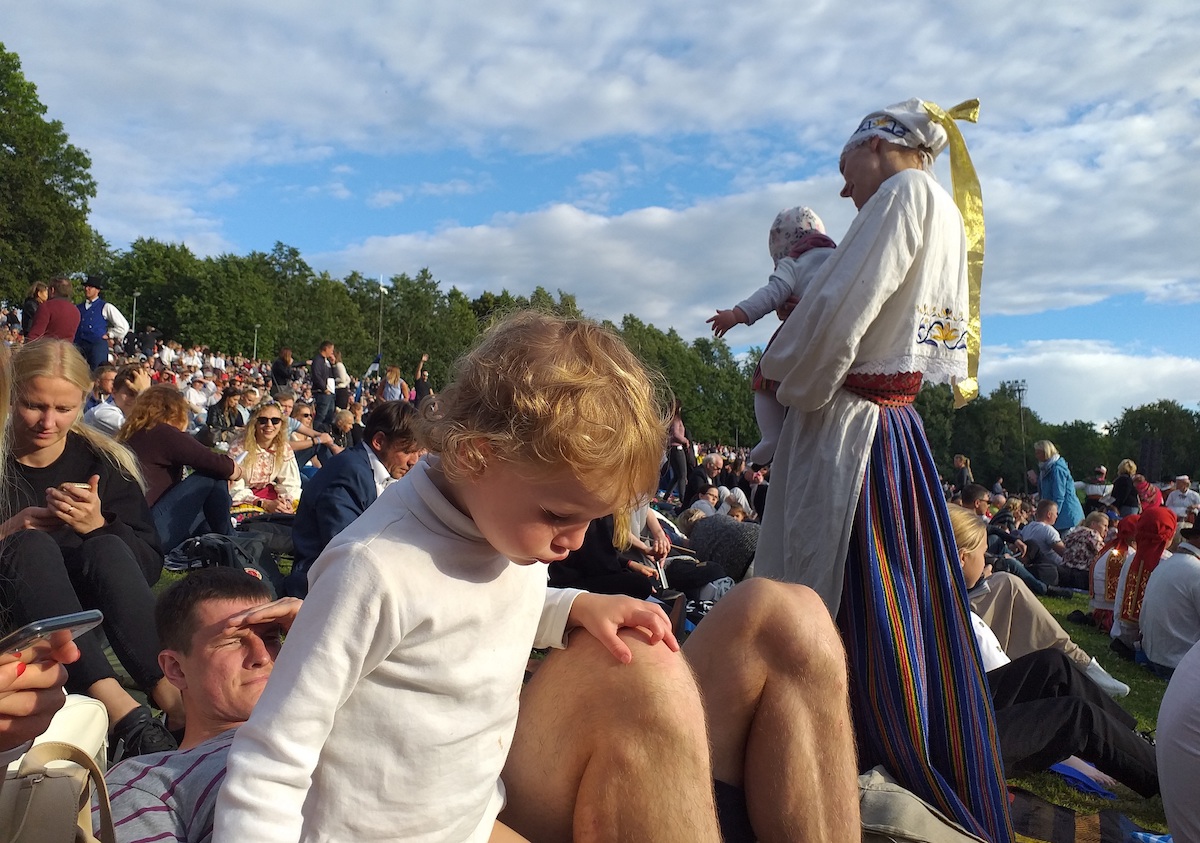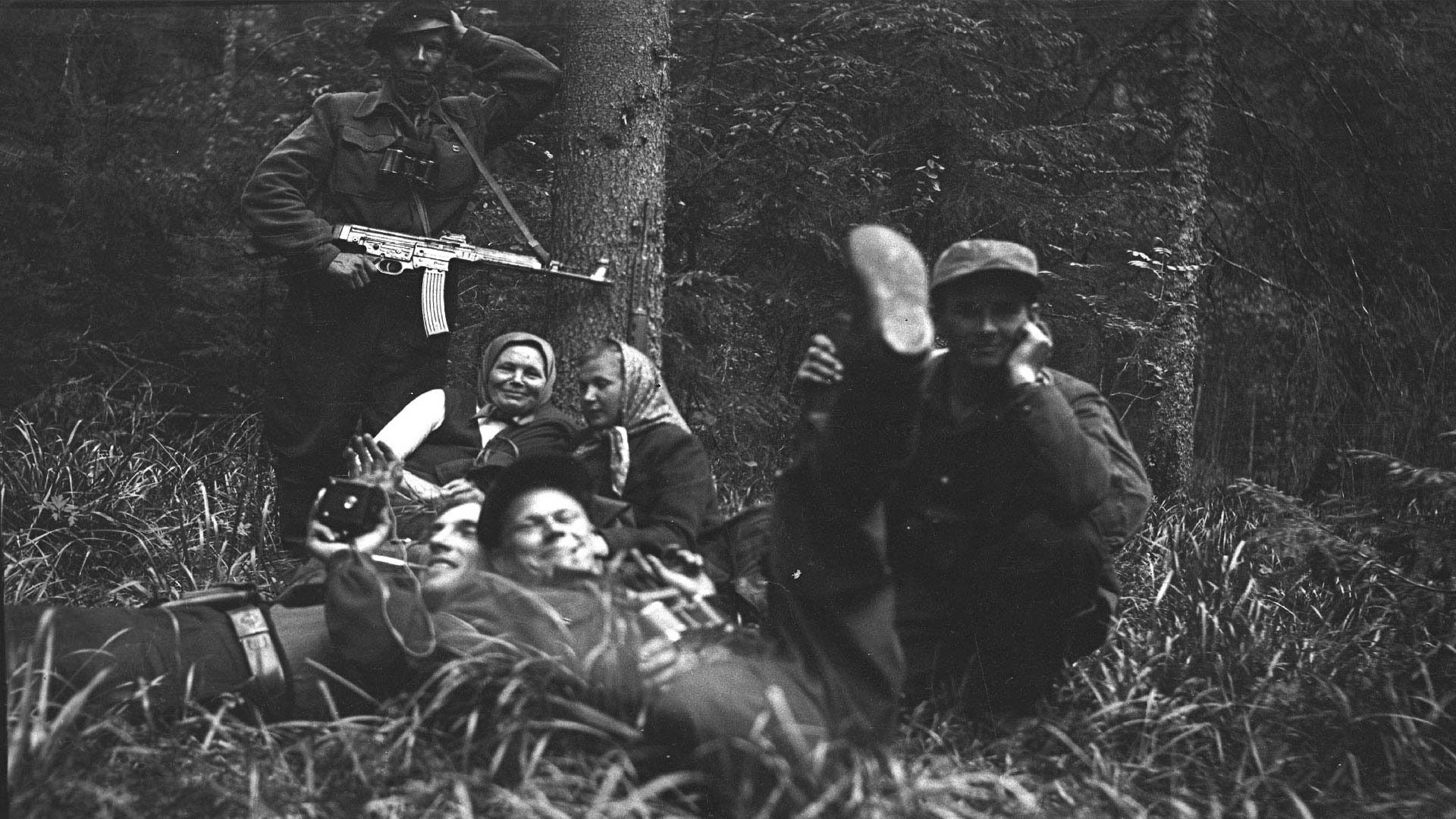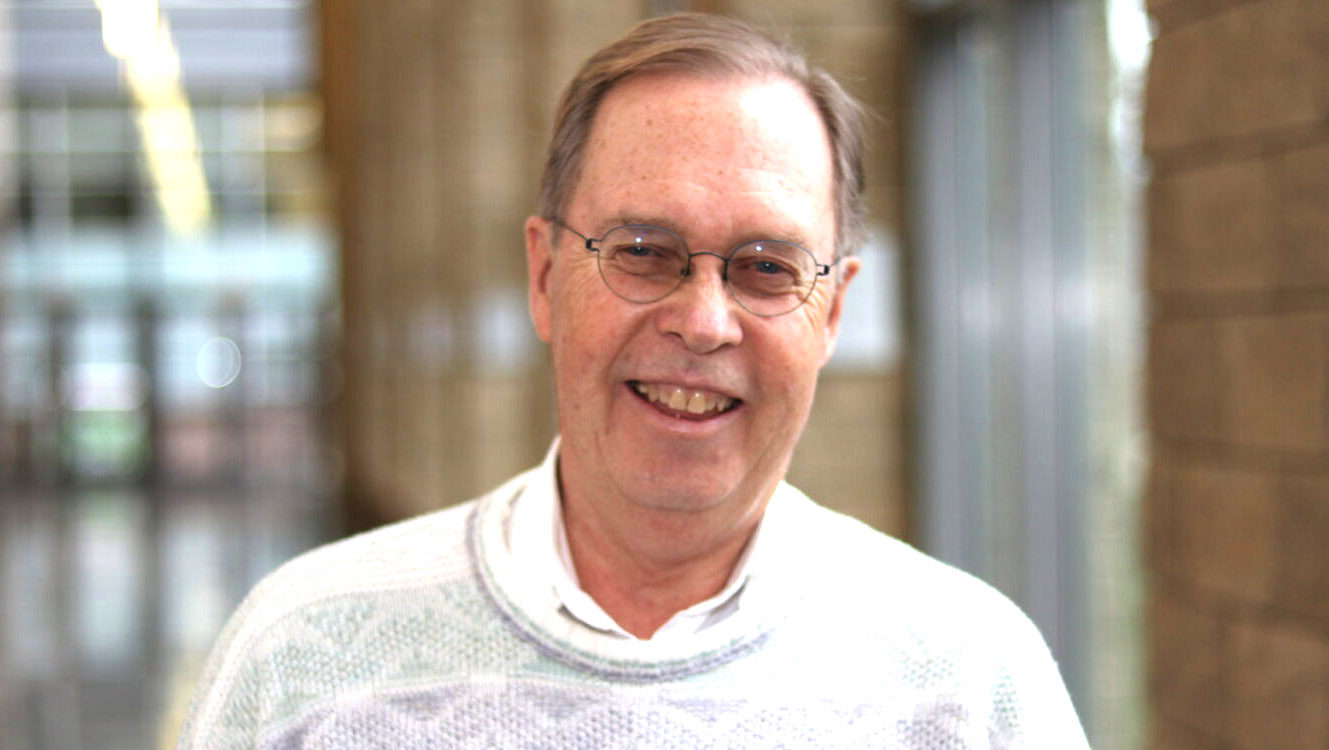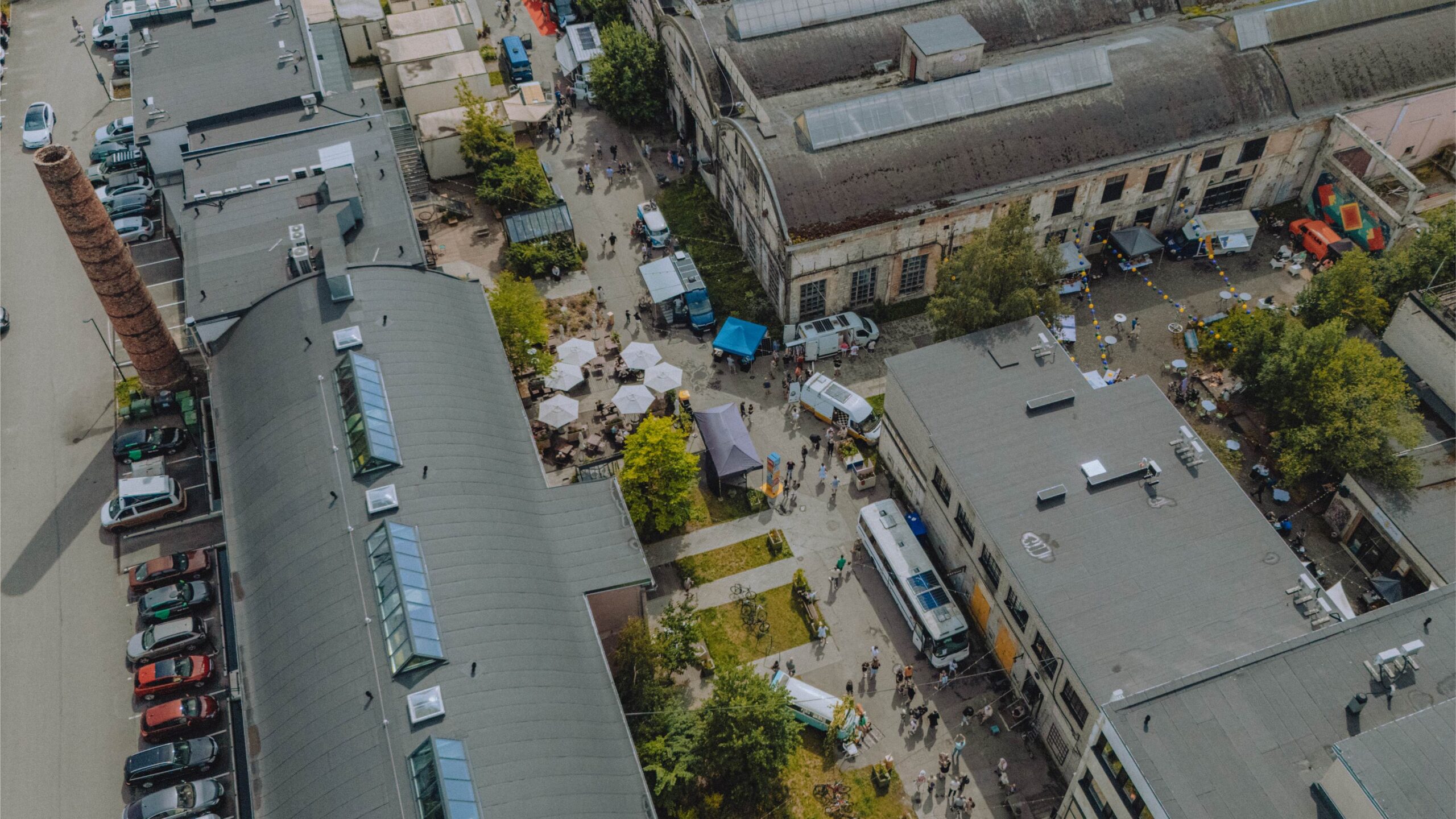Põlv is knee and generation is põlvKOND, which is often used in the shortened form “põlv“. Lapse/põlv is childhood, but when written as two words lapse põlv, it means a child's knee. The verb põlvnema means to be descended from. Põlvkondlik = generational. The suffix -kond usually denotes a group: ühis/kond (society), kogu/kond (community), teadus/kond (faculty), kesk/kond (environment), vaatajas/kond (viewing public), leib/kond (household, who share leib (bread)… and then there's the rogue reegli/rikkuja (rulebreaker) ülikond – a suit. (?!)
Riina Kindlam, Tallinn




